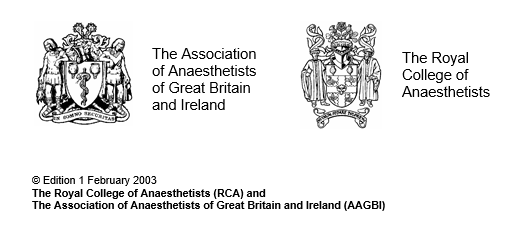This leaflet describes a special type of headache that can occur after having an epidural or a spinal anaesthetic. You have been given this leaflet either because you already have a headache or because we believe you are at higher risk of developing one.
What is special about the headache?
Headaches can be common after childbirth. However, after having an epidural or spinal, you have a 1 in 100 chance of developing a ‘post dural puncture’ headache.
This typically occurs between one day and one week after having an epidural. It is usually a severe headache (felt at the front or back of your head) which gets better when lying down and worse on sitting or standing. Along with the headache you may experience neck pain or stiffness, sickness, changes in your hearing or vision, and a dislike of bright lights.
‘...it was like the worst hangover in the world…’
If you have had a spinal anaesthetic, the headache tends to be less severe.
Urgent advice: Difficulty passing urine, loss of sensation or movement in your legs, or severe pain in your back is not normal.
If any of these occur, or if the headache suddenly becomes much worse, you should contact the Duty Obstetric Anaesthetist urgently via the Maternity Assessment Unit on 01223 217217.
There are alternative treatments but none has been shown to be as effective as an epidural blood patch. You can discuss this with your anaesthetist.
For the birth of their baby, women may have epidural analgesia or a spinal anaesthetic procedure. Occasionally, a headache may develop following the procedure.
This leaflet explains the causes, symptoms and treatment of the headache.
Your anaesthetist will be happy to discuss this in greater detail and to answer any questions that you have.

We are smoke-free
Smoking is not allowed anywhere on the hospital campus. For advice and support in quitting, contact your GP or the free NHS stop smoking helpline on 0800 169 0 169.
Other formats
Help accessing this information in other formats is available. To find out more about the services we provide, please visit our patient information help page (see link below) or telephone 01223 256998. www.cuh.nhs.uk/contact-us/accessible-information/
Contact us
Cambridge University Hospitals
NHS Foundation Trust
Hills Road, Cambridge
CB2 0QQ
Telephone +44 (0)1223 245151
https://www.cuh.nhs.uk/contact-us/contact-enquiries/

